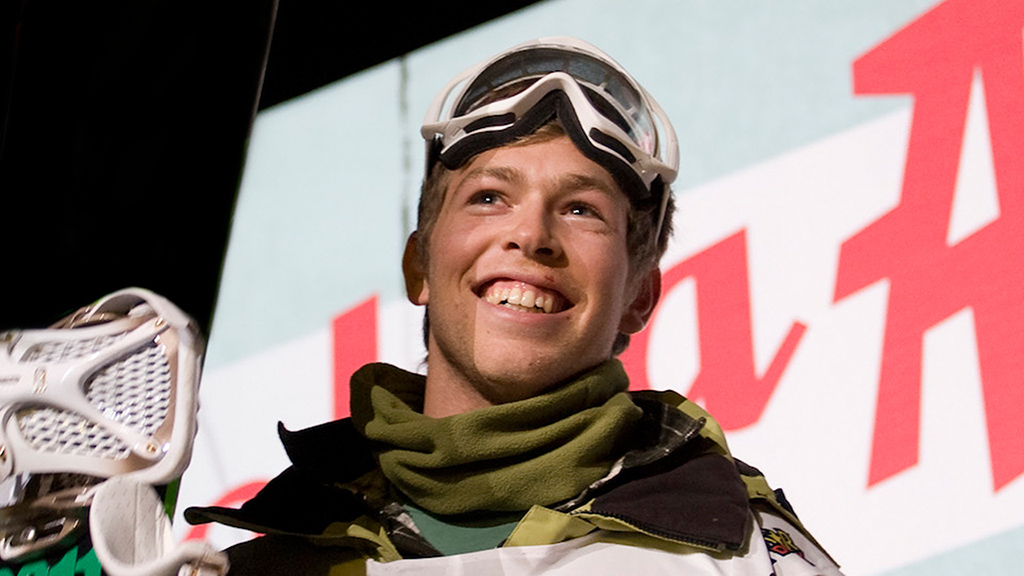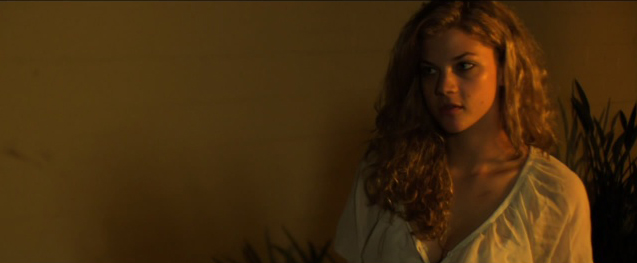Ireland/UK/Switzerland/US | 2012 | directed by Nick Ryan
Logline: A documentary about the tragedy and controversy that involved two-dozen mountaineers on K2 in 2008.
Fashioned in the same compelling way as Kevin MacDonald’s brilliant Touching the Void (2003), by using extraordinary re-enactments interwoven with interviews, but also utilizing existing video footage and still photography, this is documentary filmmaking at its most powerful and mesmerizing; utterly suspenseful, beautifully shot, and undeniably fascinating.
K2, the second highest natural peak in the world, is often shadowed by the exploits of climbers conquering Mount Everest. The reality is, attempting to reach the summit of K2 - nicknamed the Savage Mountain – is a far more dangerous endeavour than its higher Tibetan neighbour. For every four mountaineers that reach the summit K2, one will perish on descent.
The death is a tragedy that becomes a statistic. One of hundreds.
Over 48-hours from August 1st, 2008, a tragedy occurred that resulted in the deaths of eleven climbers, members of several teams, including Sherpa’s. It was a terrible loss that became a controversy, as many conflicting stories emerged from the survivors, of which there weren’t many.
At the heart of the documentary is the story of Irishman Ger McDonnell, a hero who broke the mountaineers’ unwritten code (leaving a climber for dead who wanders off or falls or is too incapacitated to move). McDonnell attempted to rescue three Korean climbers who were incapacitated and perished in an ice collapse from the notorious serac that overhangs the equally notorious bottleneck, all of which is in the Death Zone (above 8000 metres).
McDonnell’s immediate family are desperate to find out the truth of what happened on that perfect cloudless day that turned into the perfect storm of grief. The inherent confusion surrounding the events (time and space become very fragile in the Death Zone) and with only a clutch of survivors, the truth lay with just two people: the Italian Marco Confortola and Sherpa Pemba Gyalje.
As contrast to the recent events there is the first conquering of the mountain by the Italians in 1954 with fantastic footage of the gung-ho team setting off and on the Savage Mountain itself. Combining stunning widescreen cinematography of K2, brilliant CGI compositing of climbers upon the mountain, and an editing/narrative style reminiscent of a thriller, The Summit is one of the best documentaries of the year.
The Summit screened as part of the 60th Sydney Film Festival.



![The Summit_Pemba Gyalje[1].jpg](https://images.squarespace-cdn.com/content/v1/50d144f6e4b05aff8e5b9c8c/1371339272063-NNMFSYR8XADC59H08262/The+Summit_Pemba+Gyalje%5B1%5D.jpg)


















